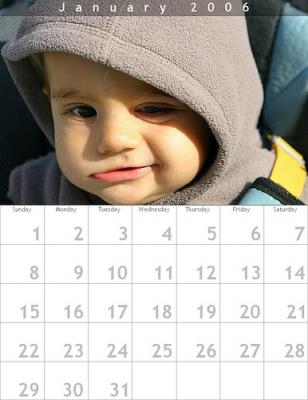Engadget covers Adroid – Google’s open source mobile platform. With pictures and videos. I was very impressed and interested after the first video. By the second one I almost had a nervous breakdown – it’s so cool.
There were plenty of talks about gPhone lately. People were speculating how cool the device would be, and how it will line up with Apple’s iPhone, and things like that. Once again Google was above the expectations. Instead of just another device with some nifty features, it delivered a whole new world. Hardware, SDK, documentation, and application stack… They even appeal to developers to start playing with the platform (instead of jumping around like a crazy monkey they allocated $10,000,000 USD to reward developers of the most innovative applications).
The system seems to be sweet on every level. There is plenty of hardware power. Optional 3D acceleration. Touch screens. GPS. And more. The operating system is Linux based. The core things are implemented in C and C++, which gives it this extra bit of robustness. The upper level is very much Java oriented, which, if I want it or not, is a very popular and powerful programming language used by many developers. With this, I suspect, the quantity and quality of applications will blossom.
The system is built with expansion in mind. It’s pluggable on every level, and although complex and with many components, is pretty easy to understand conceptually.
With Android being released and hardware catching up, I believe we are entering a new age of computing. Mobile devices and networks will be the primary commercial development focus for the next few years. And, although being far from the mobile industry, I am very very exciting for these times to come. Even if just a user…
